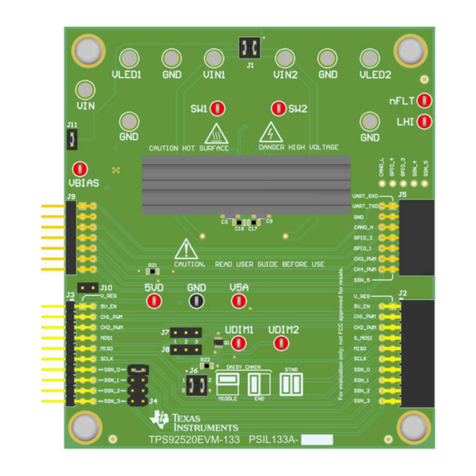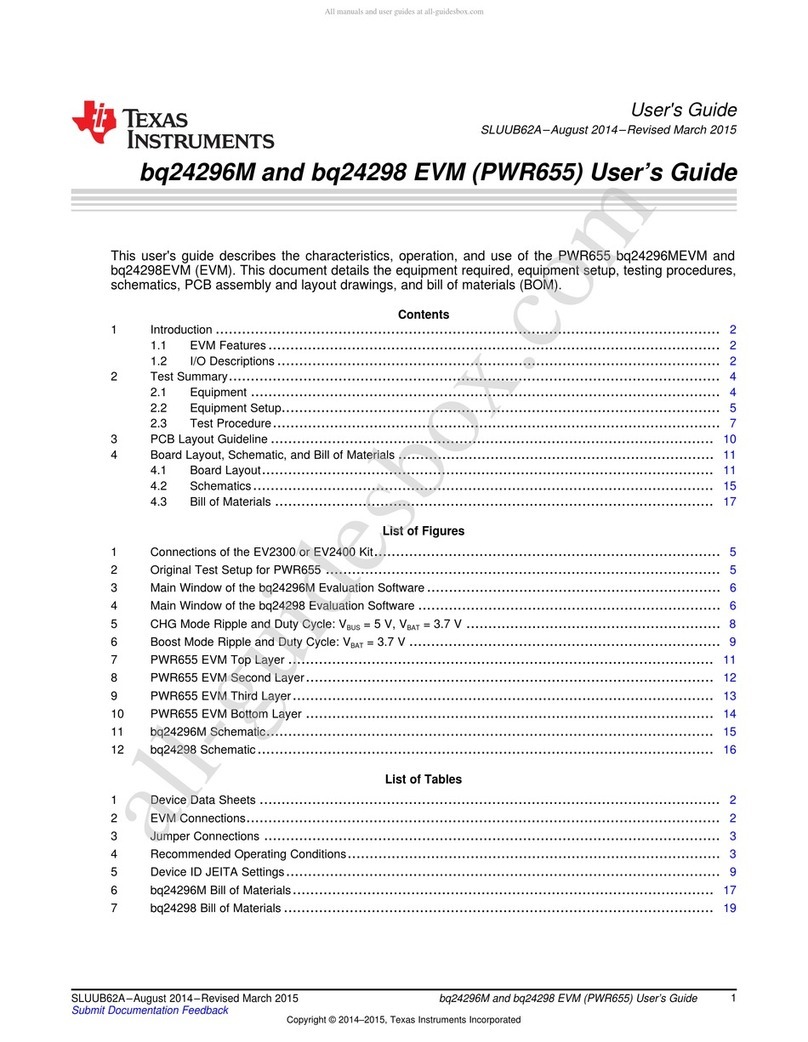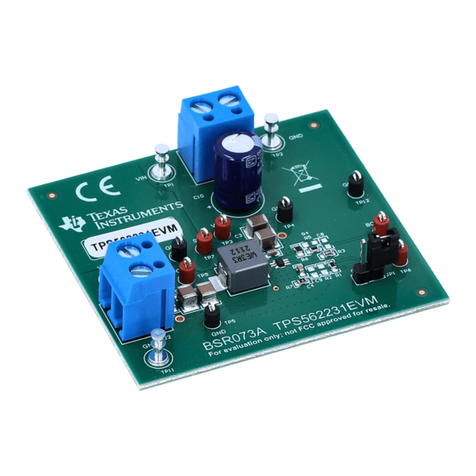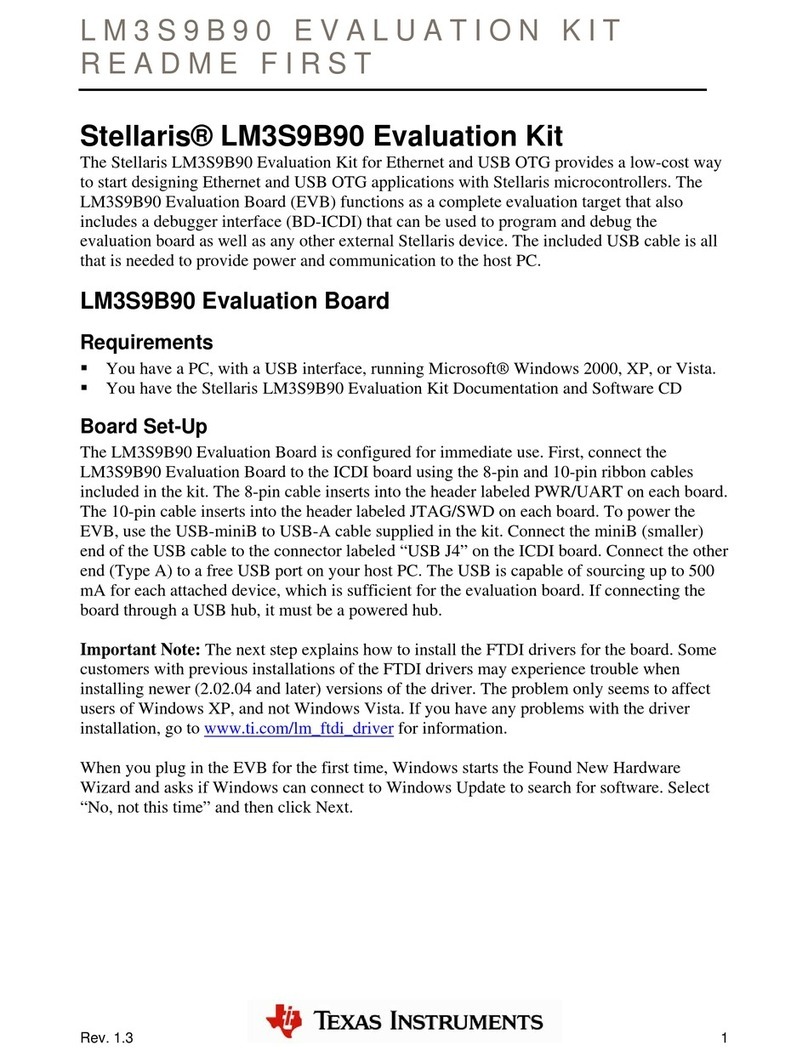Texas Instruments DS90UB913A-CXEVM User manual
Other Texas Instruments Motherboard manuals
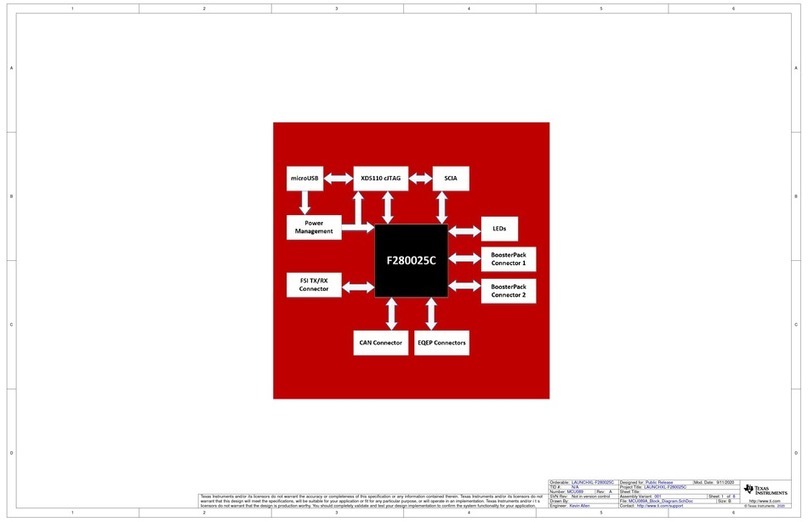
Texas Instruments
Texas Instruments LAUNCHXL-F280025C Administrator Guide
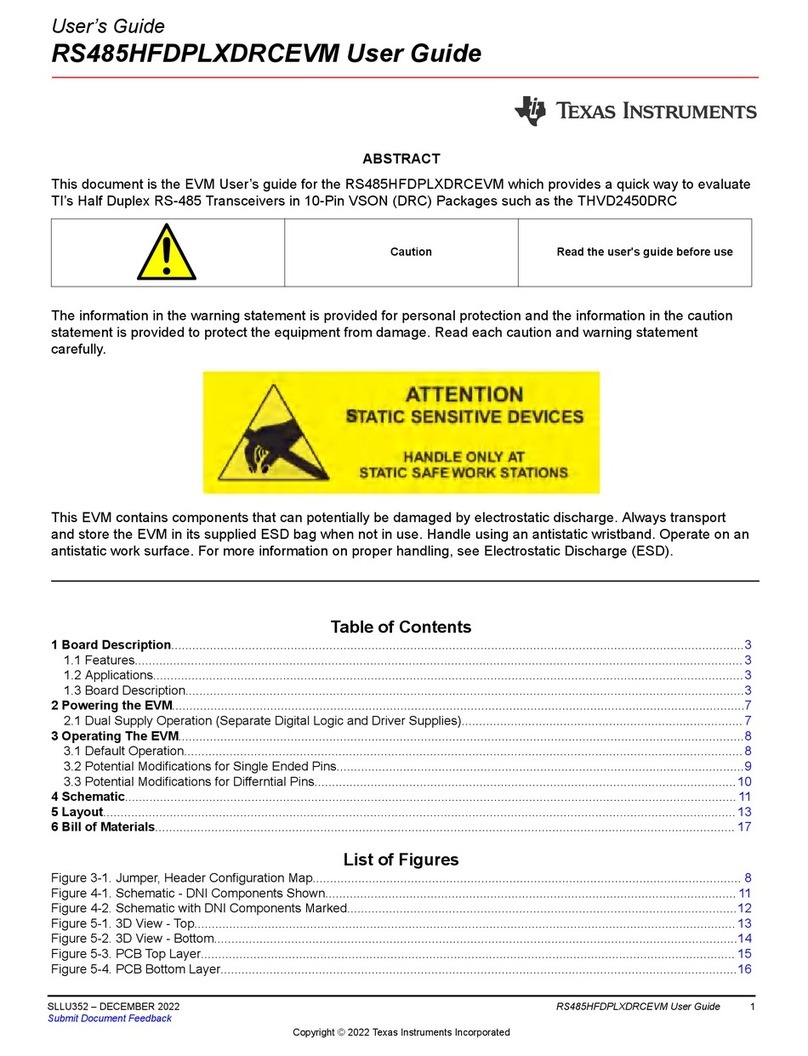
Texas Instruments
Texas Instruments RS485HFDPLXDRCEVM User manual
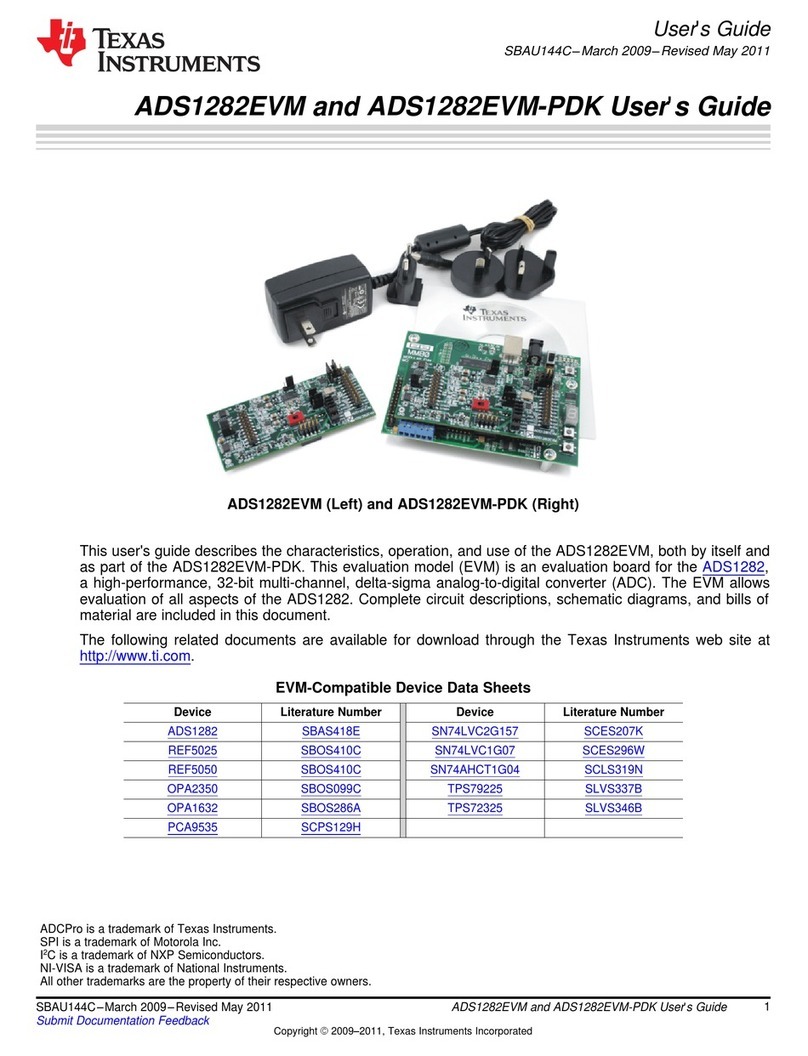
Texas Instruments
Texas Instruments ADS1282EVM User manual
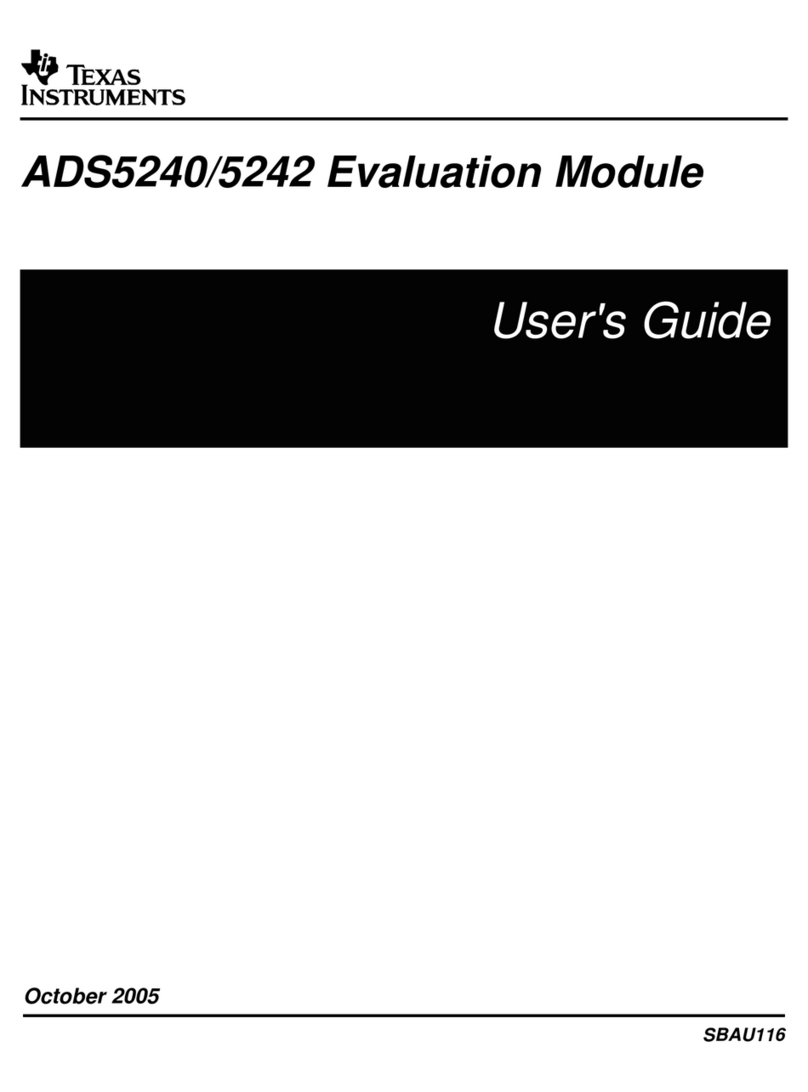
Texas Instruments
Texas Instruments ADS5240 User manual
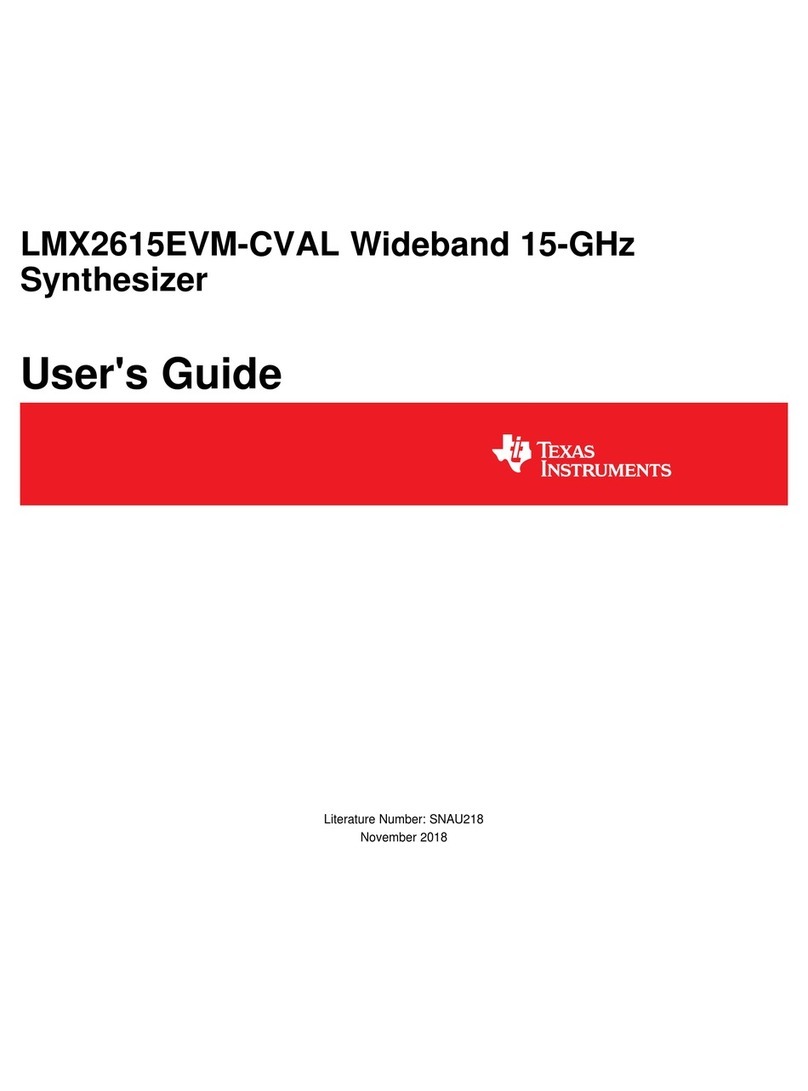
Texas Instruments
Texas Instruments LMX2615EVM-CVAL User manual
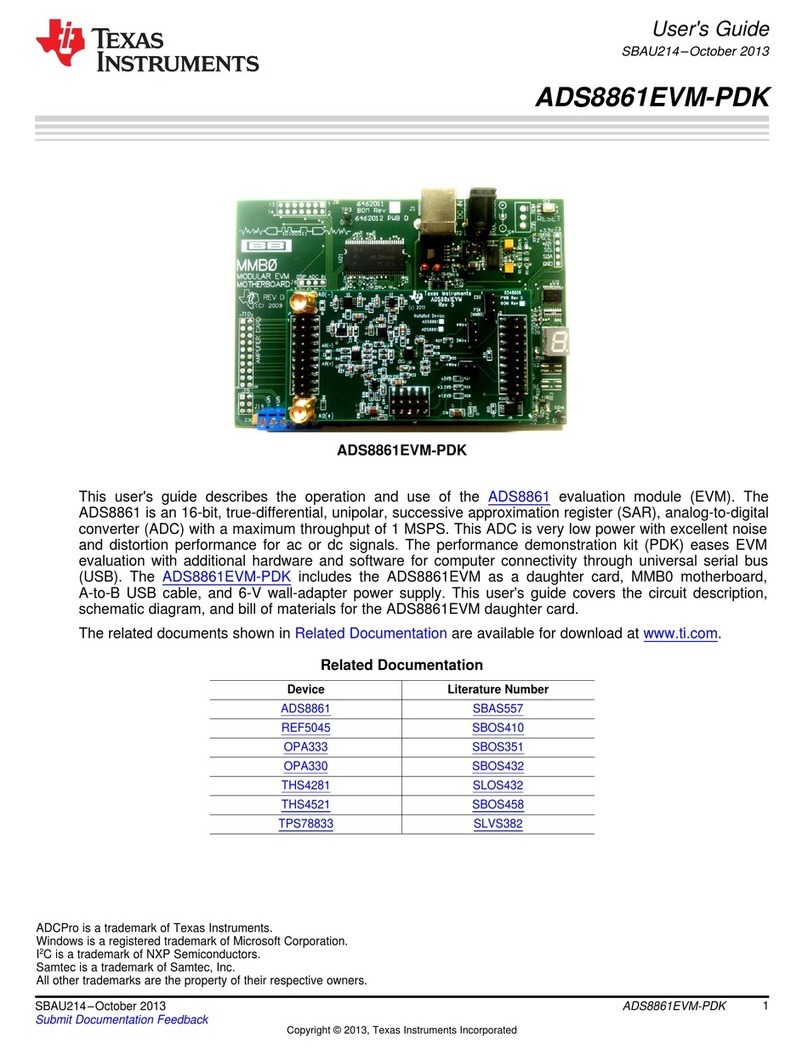
Texas Instruments
Texas Instruments ADS8861EVM-PDK User manual
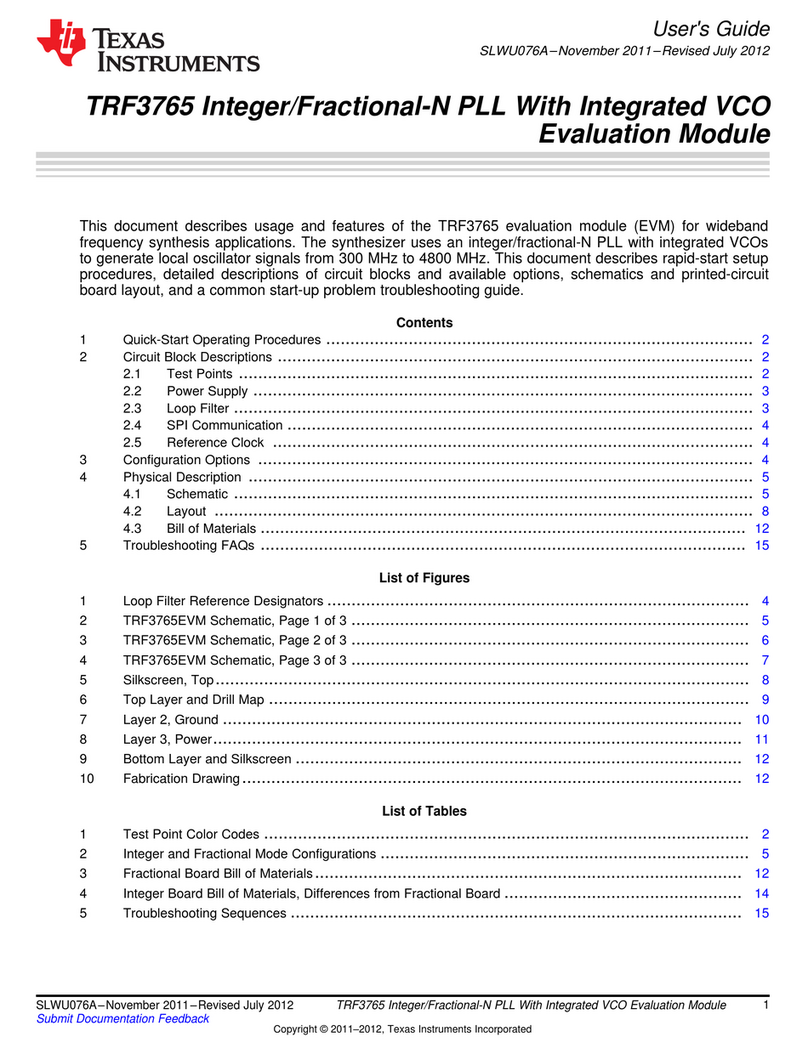
Texas Instruments
Texas Instruments TRF3765 Series User manual
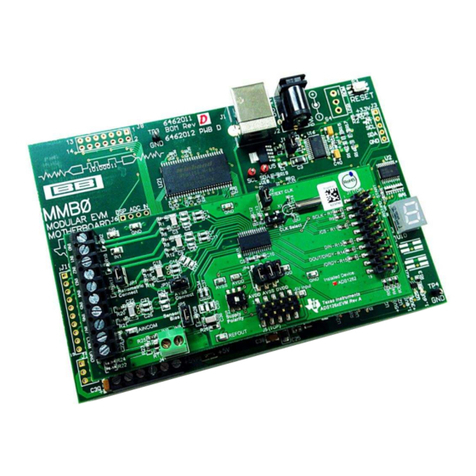
Texas Instruments
Texas Instruments ADS126 EVM-PDK Series User manual
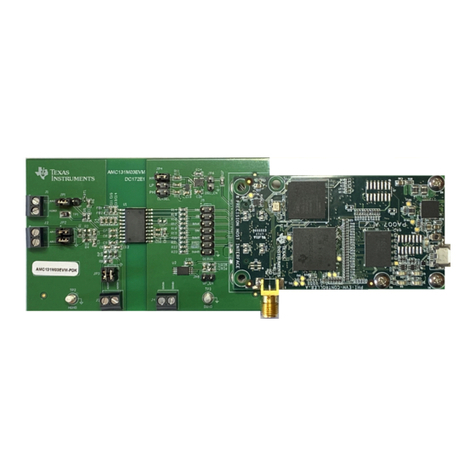
Texas Instruments
Texas Instruments AMC131M03EVM User manual
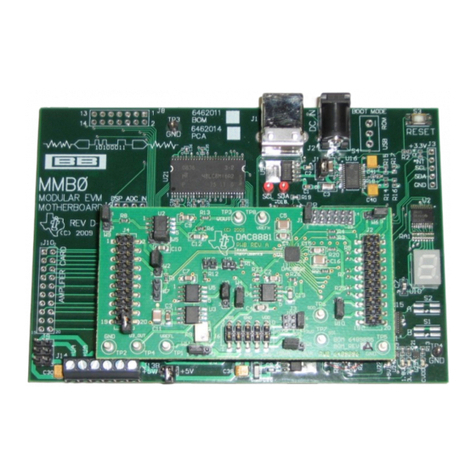
Texas Instruments
Texas Instruments DAC8881 User manual
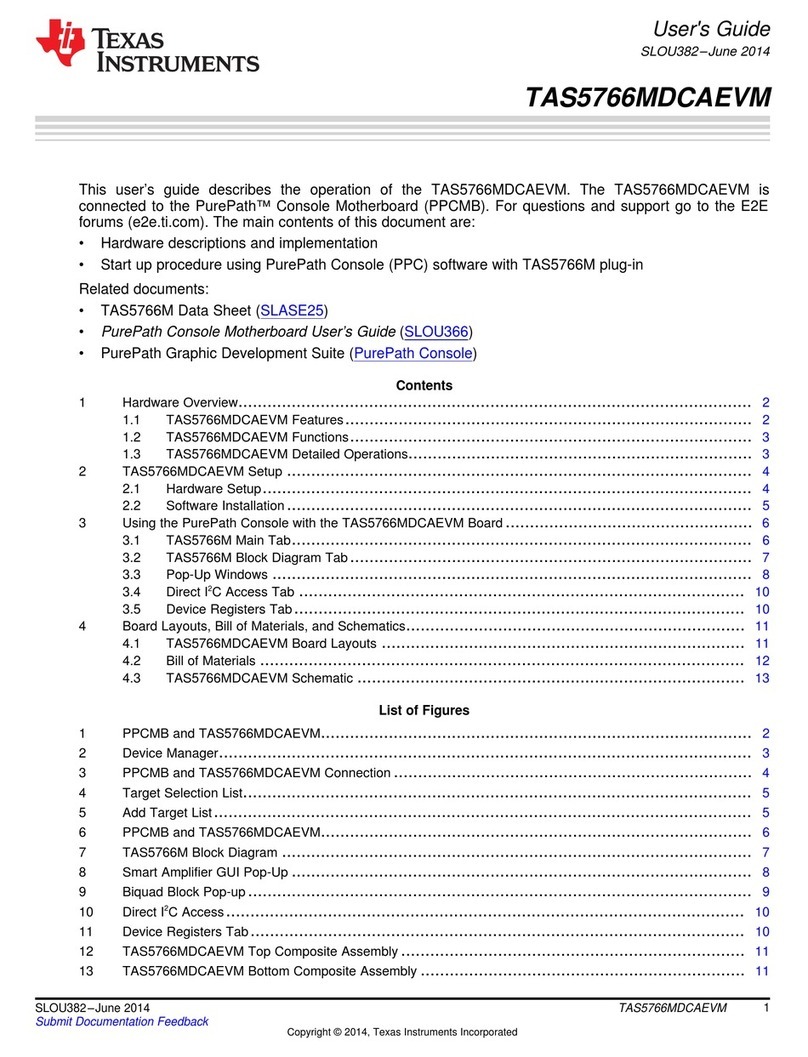
Texas Instruments
Texas Instruments TAS5766MDCAEVM User manual
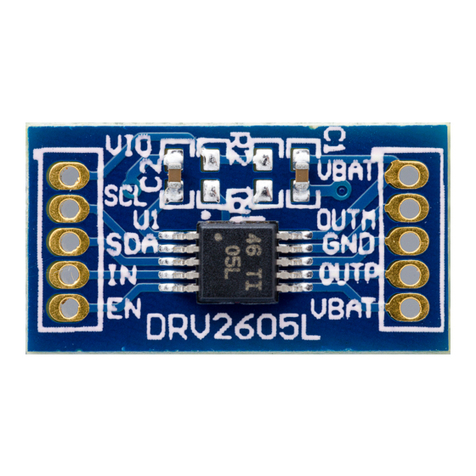
Texas Instruments
Texas Instruments DRV2605LDGSEVM-M User manual
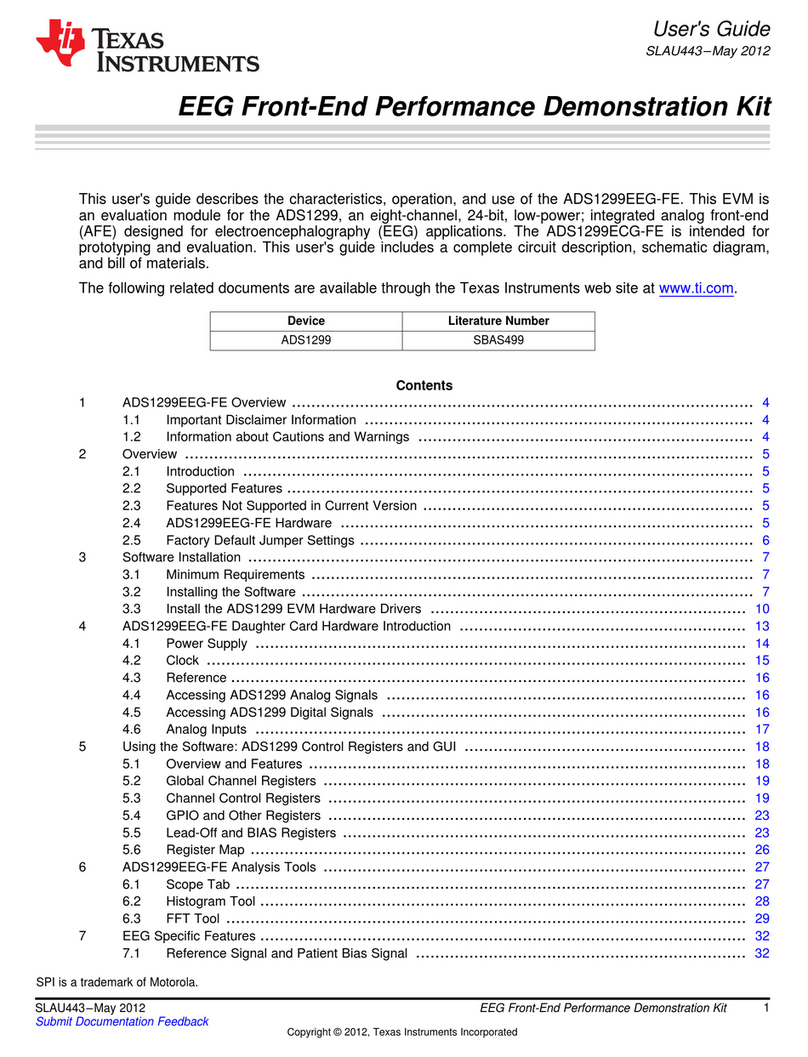
Texas Instruments
Texas Instruments ADS1299EEG-FE User manual
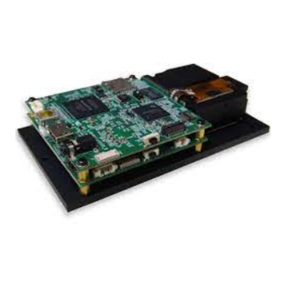
Texas Instruments
Texas Instruments DLP LightCrafter User manual
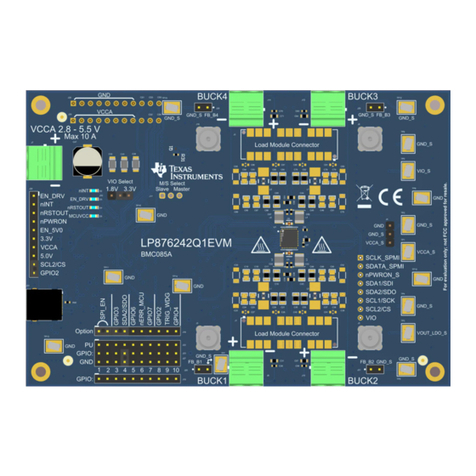
Texas Instruments
Texas Instruments LP876242-Q1 User manual
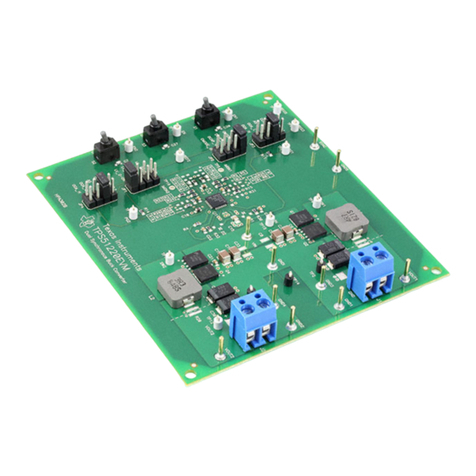
Texas Instruments
Texas Instruments TPS51220EVM User manual
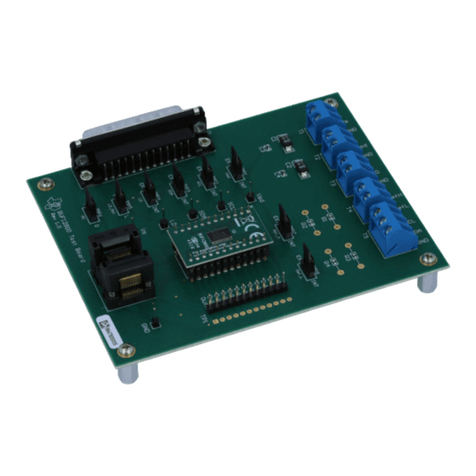
Texas Instruments
Texas Instruments BUF12800 User manual
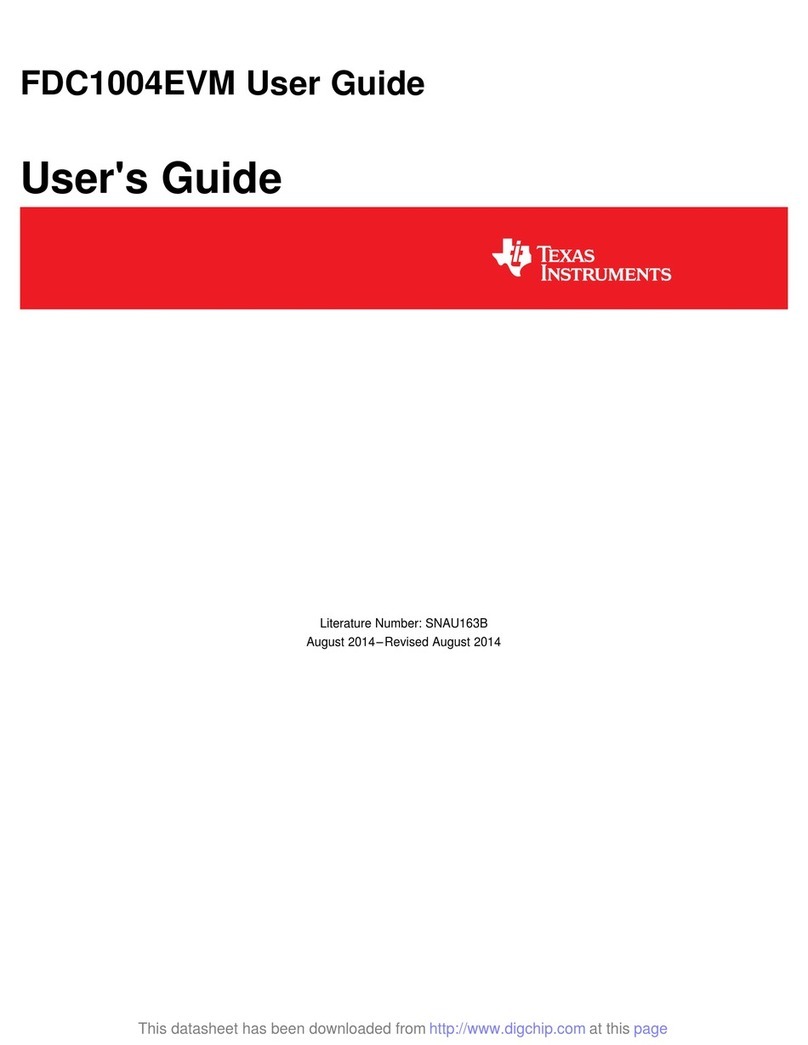
Texas Instruments
Texas Instruments FDC1004EVM User manual
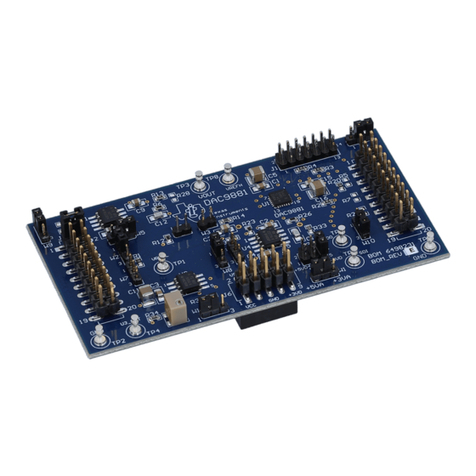
Texas Instruments
Texas Instruments DAC9881 User manual
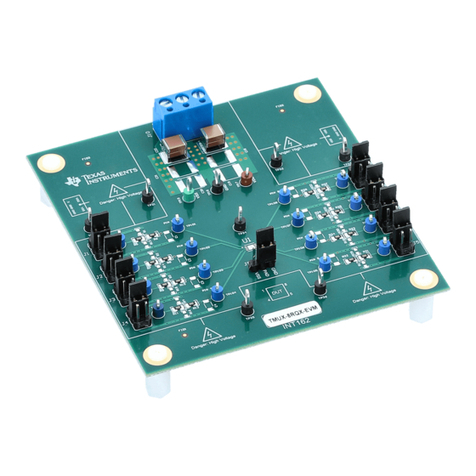
Texas Instruments
Texas Instruments TMUX-8RQX-EVM User manual
